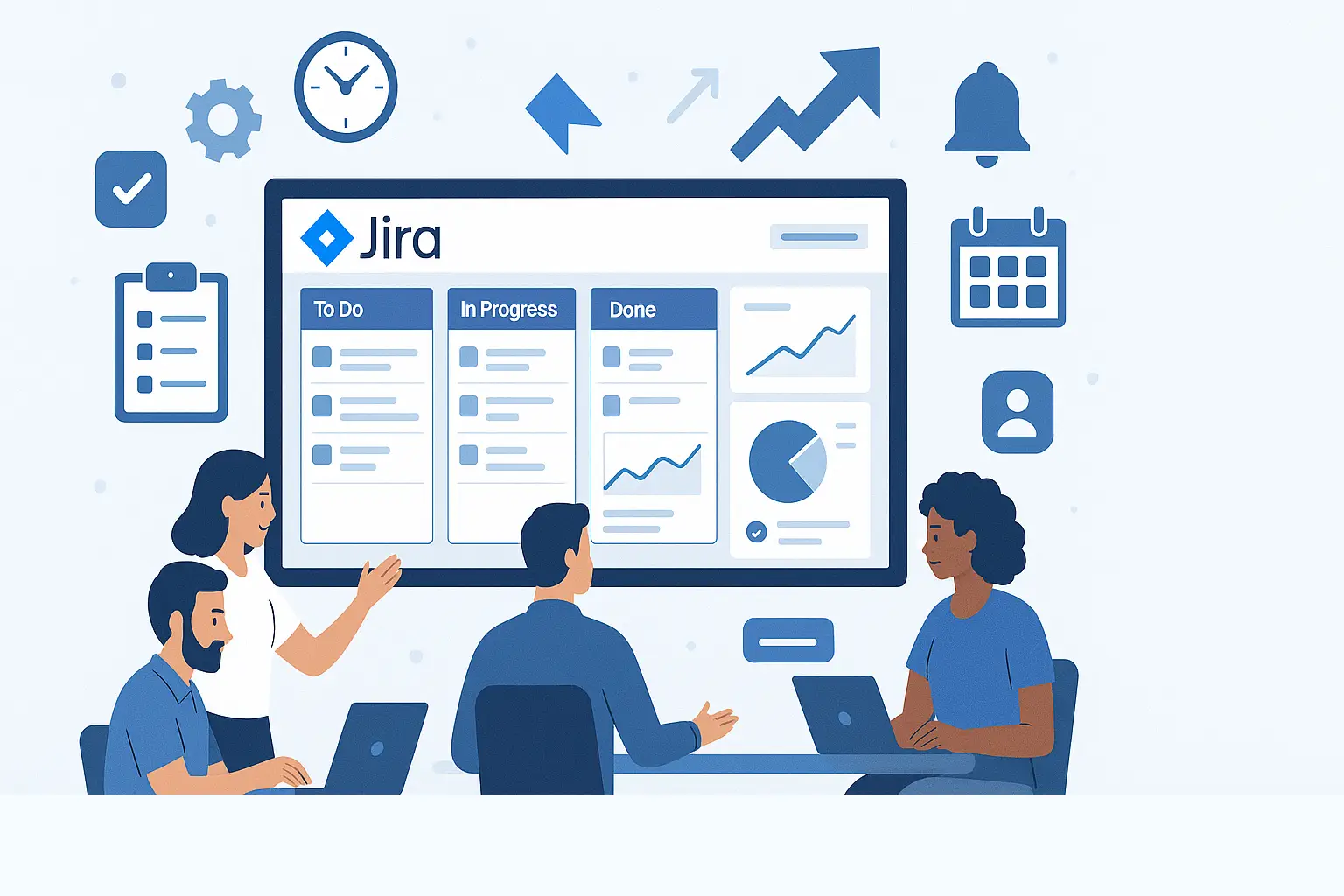What is performance testing
Performance testing is to know how the software application behaves under the workload in terms of stability and responsiveness. Performance testing comes under non-functional testing.
Types of performance testing
- Load testing.
- Stress testing.
- Capacity testing.
- Volume testing.
- Reliability testing.
- Scalability testing.
1. Load testing
Load testing is performed to know how the software application is working under normal usage and at peak usage. By considering the application response to the user request and its ability to respond frequently within an accepted tolerance on a different user load the performance of an application is checked. The key factors that should be considered in this load testing are to know how much is the maximum load to the application that it goes into unexpected behavior. Before the system slows or crashes how much data that the database is able to handle. And also to consider is there any network issues to be addressed.
2. Stress testing
Stress testing is a performance to find ways that break the system. By performing this testing it provides the maximum range of the load that the system can hold. Where the load is gradually increasing Stress testing has a progressive approach. Initially, this test started by applying a load to the system that it can hold and gradually by increasing the load to stress the system. The point at which the servers are not responding to the request is considered a breaking point.
3. Capacity testing
Capacity testing is used to know by how many transactions or by how many users that a web application supports and still meet the performance. The reason behind performing this testing is to know that the application is capable to meet the business needs in normal and peak load conditions. Bandwidth capacity, memory usage, and some other aspects are observed while performing this capacity testing. capacity testing plays a major role in Online baking.
4. Volume testing
Volume testing is performed to make sure that the volume of the data does not affect the performance of the application. To perform this teste a large amount of data is entered in the database. It can be either an incremental or steady test. In an incremental test, the volume of the data is increased gradually. For example, a website of a hotel with fewer customers initially and increasing gradually.
5. Reliability testing
Reliability testing is also known as recovery testing. It is simply nothing but a time estimation. That means to verify that the application is able to return to its initial state after a failure/ abnormal behavior or not. And to know how long it takes to come to normal behavior. If any application experiences failure and is able to work fine after an hour, then that application is said to be reliable.
6. Scalability Testing
This scalability testing is done by the performance testing team. They perform multi[ple tests like by increasing the users to meet the expected load and to know the application performance. To know whether the deployment can support the service under peak user load.





